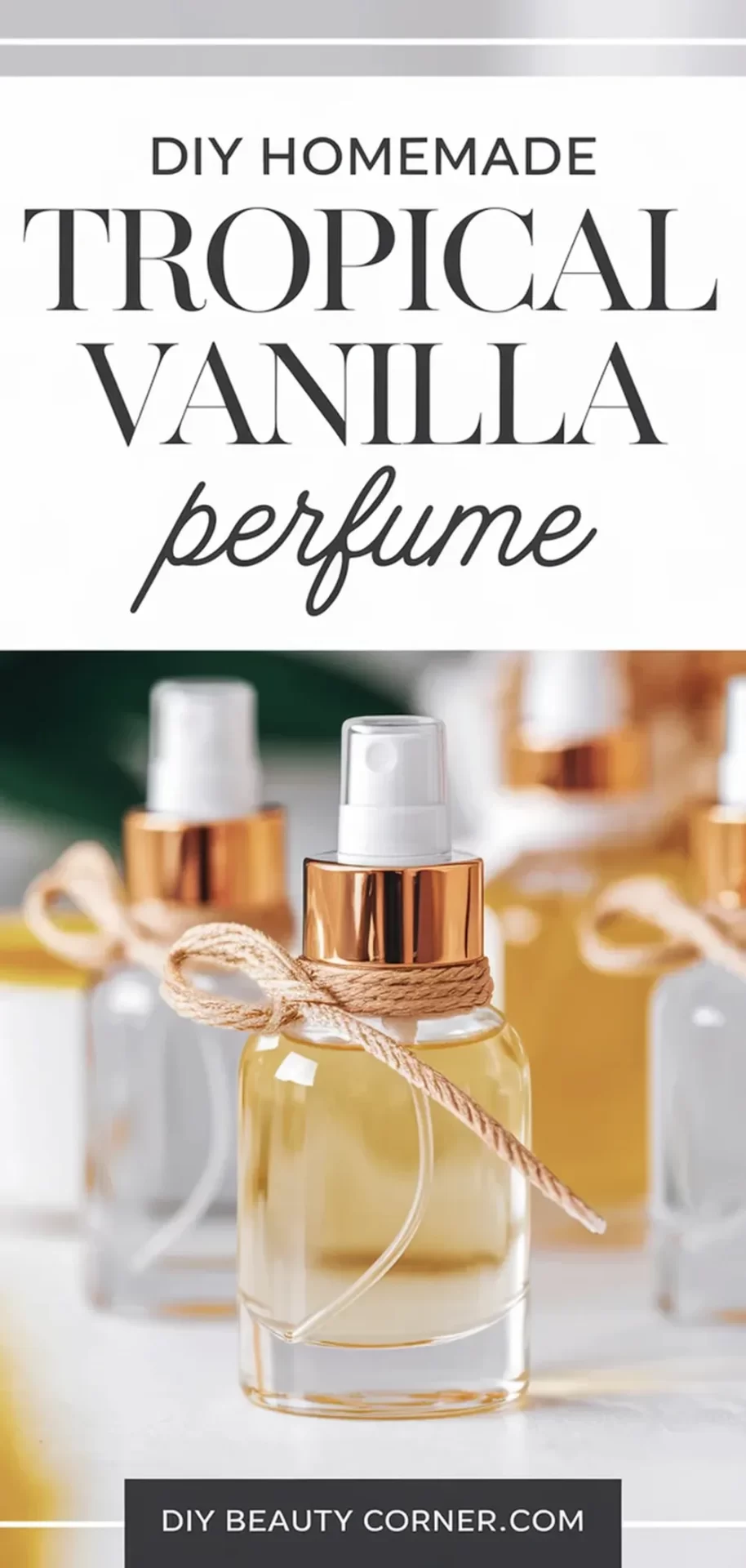
Creating your own perfume adds a personal touch to your fragrance collection, and there’s something magical about a scent that reflects summer vibes. With a simple blend of coconut, lime, and vanilla, I can craft a tropical vanilla perfume that captures the essence of a sun-soaked beach getaway. This DIY project not only allows for customization but also ensures that I’m using natural ingredients free from synthetic additives.
In exploring this homemade tropical vanilla perfume, I’ll share an easy recipe that you can follow to create your unique scent. The warm, sweet notes of coconut and vanilla combined with the refreshing zest of lime make for a delightful fragrance that can brighten any day. I’ve discovered that applying my perfume to pulse points enhances the fragrance, making it last longer throughout the day.
Join me as I guide you through the steps to create this enchanting perfume. By the end, you’ll have a signature scent that’s perfect for any occasion, all while indulging in a fun crafting experience.
Essentials of Perfume Making
Creating perfume requires an understanding of various components that contribute to the final scent. Knowing how fragrance notes interact is crucial for achieving a balanced aroma.
Understanding Fragrance Notes
Fragrance notes are categorized into three primary types: top notes, middle notes, and base notes.
-
Top Notes: These are the initial scents perceived when applying perfume. They are usually light and refreshing, such as citrus or floral scents. They evaporate quickly, typically lasting for about 15 to 30 minutes.
-
Middle Notes: Also known as heart notes, these emerge after the top notes fade. They provide the perfume’s core character and include scents like vanilla, jasmine, or spice. Middle notes can last several hours.
-
Base Notes: These are the foundation of the perfume and linger the longest. They include rich scents like sandalwood, amber, or musk. Base notes create depth and richness, making the fragrance more enduring and complex.
Understanding these categories helps me craft a well-rounded tropical vanilla perfume. Each note plays a specific role in forming the overall scent experience.
Creating Tropical Vanilla Perfume
Crafting a tropical vanilla perfume involves selecting the right scents, carefully mixing them, and properly storing the final product. This process allows for creativity while ensuring a delightful fragrance.
Gathering Tropical Scents
To begin, I select essential oils that embody tropical vibes. My key ingredients include:
- Coconut Essential Oil: 10 drops for a creamy base note.
- Lime Essential Oil: 8 drops to add a zesty top note.
- Vanilla Essential Oil: 5 drops for warmth and sweetness.
Additionally, I choose a carrier oil, such as fractionated coconut oil or jojoba oil, which I use at 2 tablespoons. This not only dilutes the essential oils for safe application but also adds hydration. Finally, I include 1 tablespoon of distilled water to help blend the oils more effectively.
Mixing Your Perfume
With my ingredients ready, I start mixing in a small glass spray bottle. First, I add the fractionated coconut oil or jojoba oil. This serves as the base and facilitates an even distribution of the essential oils.
Next, I carefully incorporate the drops of coconut, lime, and vanilla oils. By slowly adding each essential oil, I can monitor the scent. I like to shake the bottle gently after each addition to ensure proper blending.
Once all oils are added, I include the distilled water. This aids in achieving a lighter texture and enhances the overall fragrance when sprayed. I give it a thorough shake to fully combine all ingredients.
Bottling and Storage
After mixing, it’s essential to store the perfume properly to maintain its fragrance. I opt for a small glass spray bottle, which protects the oils from light exposure.
To extend the perfume’s shelf life, I keep it in a cool, dark place. This will prevent degradation of the essential oils. I also label the bottle with the date of creation. With these steps complete, I’m ready to enjoy my homemade tropical vanilla perfume, capturing the essence of summer.


